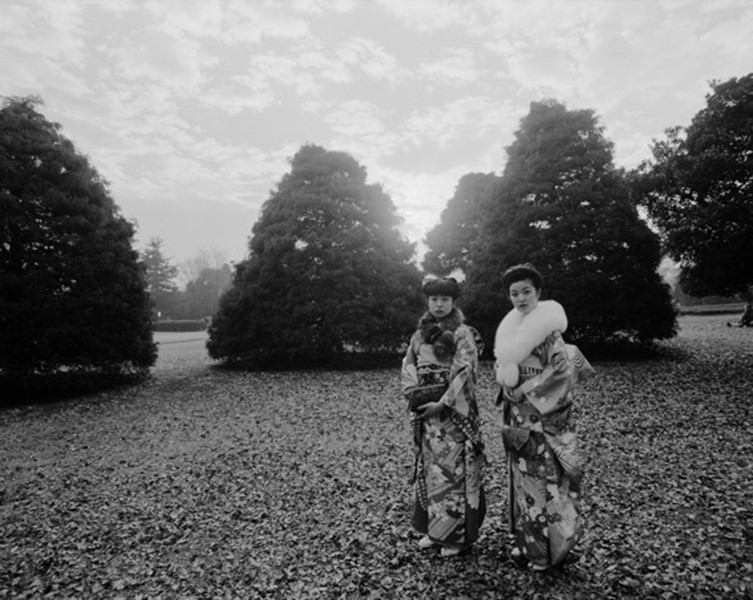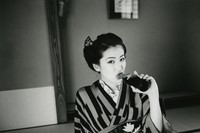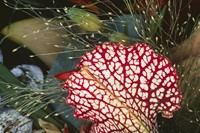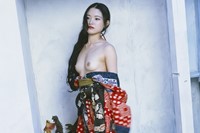A new exhibition explores Nobuyoshi Araki's notorious attempts to challenge “the social mores of his home country”
Who? Last year, we considered the highly charged kinbaku (Japanese bondage) works of photographer and provocateur Nobuyoshi Araki – as published in a deluxe edition by Taschen. This year, the Michael Hoppen Contemporary, as part of its ongoing exploration of important Japanese photography, will offer visitors the chance to view a number of such images in the flesh (pun intended), alongside a broader range of Araki’s work.
What? In its display of his kinbaku photographs, the exhibition will consider Araki's notorious attempts to challenge “the social mores of his home country,” particularly with regards to its censorship laws. With this in mind, to complement the images, a selection of original 18th and 19th century Japanese Shunga prints – an early type of covertly pawned erotica – will hang amidst them, highlighting the cultural and aesthetic parallels between the two.
"The show looks to shed light on two of Araki’s great obsessions, women and the city."
Equally, the show looks to shed light on two of Araki’s great obsessions, women and the city – specifically his childhood stomping ground of Tokyo – as well as considering their indelible thematic connection in much of his work. This is demonstrated particularly well in Araki’s beautiful 1989 image, Tokyo Story – shown here in an AnOther exclusive – where two women, in kimonos and fur stoles, stare candidly at the camera against a backdrop of trees and the setting sun. The composition and use of natural light are typical of Araki’s skillful rendering while his subjects seem at once to contrast and blend in with their surroundings.
Why? It is in pieces such as this that one can understand the more delicate aspects of Araki's work, present in many of his kinbaku images, in terms of lighting and colour palette, but often trumped by the explicit and controversial nature of the subject matter. Tokyo Story comes closer to Araki's stunning series of Skyscapes, where he set out to capture the sky in its many forms as a tribute to his beloved wife after her death. This exhibition is notable therefore for its exploration of Araki's wider portfolio and preoccupations – interestingly, a number of beautifully saturated flower still lifes are also included – while giving due recognition to the significance of his subversive nature.
Nobuyoshi Araki is at the Michael Hoppen Contemporary until June 8.



